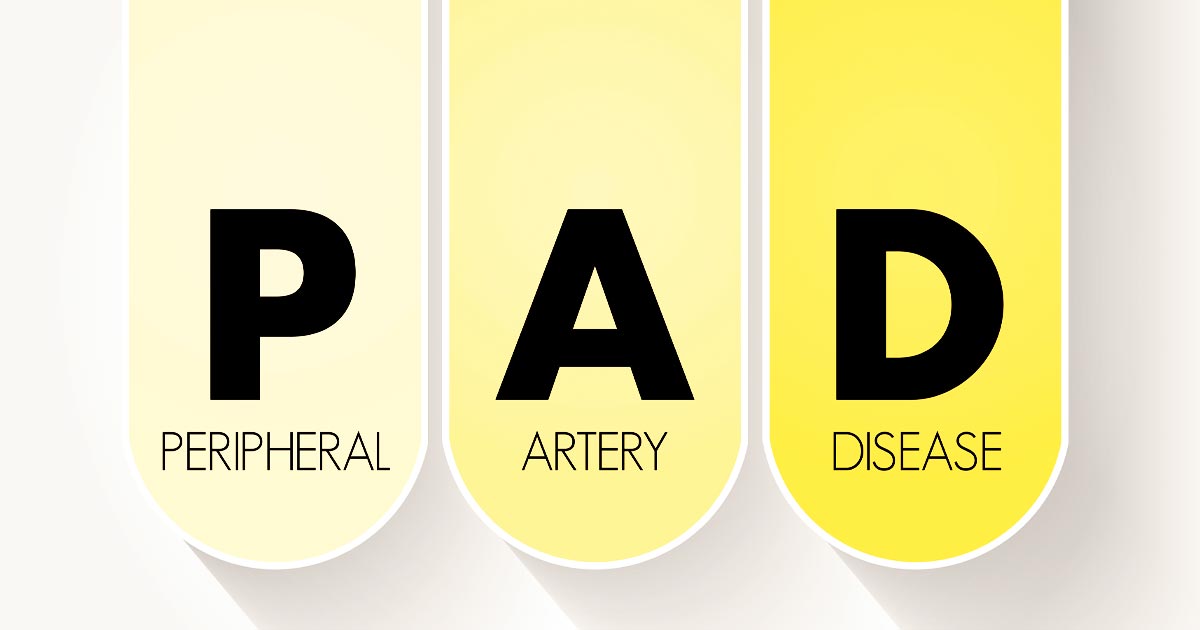By JIM MILLER
(SAVVY SENIOR) Peripheral arterial disease (or PAD) is an under-the-radar disease affecting approximately eight to 12 million Americans.
It happens when the arteries that carry blood to the legs and feet become narrowed or clogged over the years with fatty deposits or plaque, causing poor circulation.
Because PAD is a systemic disease, people who have it are also much more likely to have clogged arteries in other areas of the body—like around the heart, neck and brain—which greatly increase the risks of heart attack or stroke.
Few Symptoms
Unfortunately, PAD goes undiagnosed and untreated way too often because most people who have it experience few, if any, symptoms. The most common symptoms, however, are pain and cramping in the hip, thigh, or calf muscles, especially while walking or exercising, but they usually disappear after a few minutes of rest.
Another reason PAD is under-diagnosed is because many people assume the aches and pains go along with aging, and they simply live with it instead of reporting it to their doctor.
Other possible symptoms to be aware of include leg numbness or weakness, coldness or skin color changes in the lower legs and feet, or ulcers or sores on the legs or feet that don’t heal.
Are You at Risk?
Like most other health conditions, the risk of developing PAD increases with age. Those most vulnerable are people over 50 who smoke or used to smoke, have elevated cholesterol, high blood pressure, diabetes, are overweight, or have a family history of PAD, heart attack, or stroke. Black people are also twice as likely to have PAD as Caucasians.
If you’re experiencing any symptoms, or if you’re at increased risk of PAD, you need to be tested by your doctor or a vascular specialist. They will probably perform a quick and painless ankle-brachial index test, which is done by measuring the blood pressure in your ankle and arm and comparing the two numbers.
Your doctor may also do an imaging test, like an ultrasound, a magnetic resonance angiography (MRA), or a computed tomographic (CT) angiography.
With early detection, many cases of PAD can be treated with lifestyle modifications, including an improved diet, increased physical activity, and quitting smoking.
If lifestyle changes aren’t enough, your doctor may also prescribe medicine to prevent blood clots, lower blood pressure and cholesterol, and control pain and other symptoms. For severe PAD, the treatment options are angioplasty (inflating a tiny balloon in the artery to restore blood flow and then removing it), the insertion or a stent to reopen the artery, or a graft bypass to reroute blood around the blockage.
To learn more about PAD, visit the National Heart, Lung and Blood Institute. ISI
Send your senior questions to: Savvy Senior, P.O. Box 5443, Norman, OK 73070, or visit SavvySenior.org. Jim Miller is a contributor to the NBC Today show and author of “The Savvy Senior” book.










